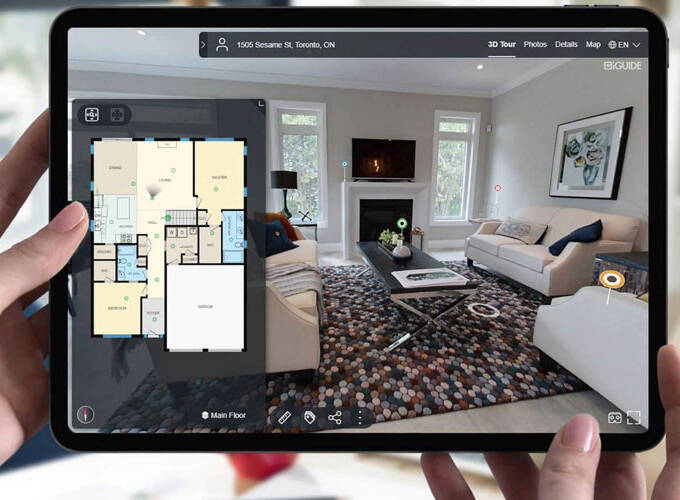The Container, as a cloud computing technology, provides virtualization capabilities for stateful applications, enabling the flexibility to run these apps anywhere. It also allows several essential features such as security, performance, and reliability.
It can run Virtually anywhere
Containers are a virtualization form that allows multiple isolated processes to run in a secure space. They can be run on Windows, Linux, Mac, and the public or private cloud. These containers are a great way to build and deploy applications and microservices. Microservices are independent processes that follow decentralized governance. Unlike monolithic applications, these can be repurposed for future projects. Containers also provide a way to remove the operating system and other components part of the application. This makes it easier to test the code. It also gives you more logical isolation, which improves cybersecurity. Another benefit of container service technology is the ability to spawn more than one Container in a single cluster. This is useful for load balancing. The best part is that you only pay for the compute instances you use. Unlike traditional VMs, containers can start up and execute in seconds. This allows for rapid startup and shutdown of several instances.
Microservices require a skilled DevOps team, high levels of infrastructure automation, and a robust CD pipeline.
Provides Performance, Reliability, and Security
Containers as a Service (CaaS) is a cloud-based technology that enables organizations to quickly and easily deploy virtualized applications and services. It provides several benefits, including scalability, security, and performance. Using CaaS, you can rapidly spin up and deploy containers in minutes. These containers help improve reliability and security, but choosing a container platform essential to your needs is necessary. A CaaS provider can offer several different types of services. Some companies use a subscription-based pricing model. This may include storage space, training, and customizing the services. The key to choosing a CaaS provider is to research the options and compare pricing, security, scalability, and monitoring capabilities. There are several factors to consider, including the size of your team. Using containers as a service can save time and money. CaaS allows DevOps teams to deploy containers faster and more efficiently. You can also scale containers to meet changing business demands. There are also several options for integrating CaaS with other tools, such as CI/CD pipelines and logging solutions. By incorporating them with your CaaS, you can automate your workflows and ship new applications faster. Using a platform that offers automated deployment tools is a great way to reduce operational costs and increase business agility. Google’s Container Engine service is an excellent example of this.
Solves the Infrastructure Differences Between Clouds and on-prem Data Centers
With the advent of Containers as a Service (CaaS), many organizations can move container-based applications between cloud and on-premise environments. This approach reduces infrastructure costs and increases efficiency. It also allows for the rapid deployment of application processes. The primary difference between on-premises and cloud deployments is resource availability. On-prem data centers can be expensive and slow to scale resources up. Also, the storage capacity and memory provided by on-prem data centers can limit an organization’s ability to use its applications and databases. In cloud computing, on the other hand, users can add and scale computing and storage resources without paying any upfront costs. The subscription-based pricing model used by cloud resources makes it easier to control costs. A third-party service provider isolates physical servers, allocates resources to one customer, and keeps all data separate. As with on-prem resources, applications can run in private or public clouds. Cloud-based applications are also more flexible, allowing for easy data migration. They can also be deployed quickly and consistently. Using containers in the cloud simplifies the complexity of deploying and managing applications. Unlike on-prem solutions, container operations do not require an operating system. And because of their logical packaging, containerized applications can be distributed across multiple clouds. The advantages of a container architecture include security benefits, efficient deployment, and scalability. The lack of an operating system means that an individual container can be a secure entity in its own right. An organization can scale down the number of containers running during lean periods without affecting the performance or security of the rest of the system.
Addresses the Challenges of Running Stateful Apps in Different Environments
In the multi-cloud world, Container as a Service (CaaS) addresses the challenges of running stateful apps in different environments. It enables companies to scale their apps and services anytime while minimizing security and operational risks. And it provides a full suite of development, CI/CD, and monitoring tools. When deploying containers, it is essential to consider how your applications will scale as your workload grows. F5 offers a reliable and high-performance environment for containerized applications. In addition, it makes it easy for applications to migrate to different clouds. For example, a containerized app can be ported from on-premises to a public cloud vendor.








